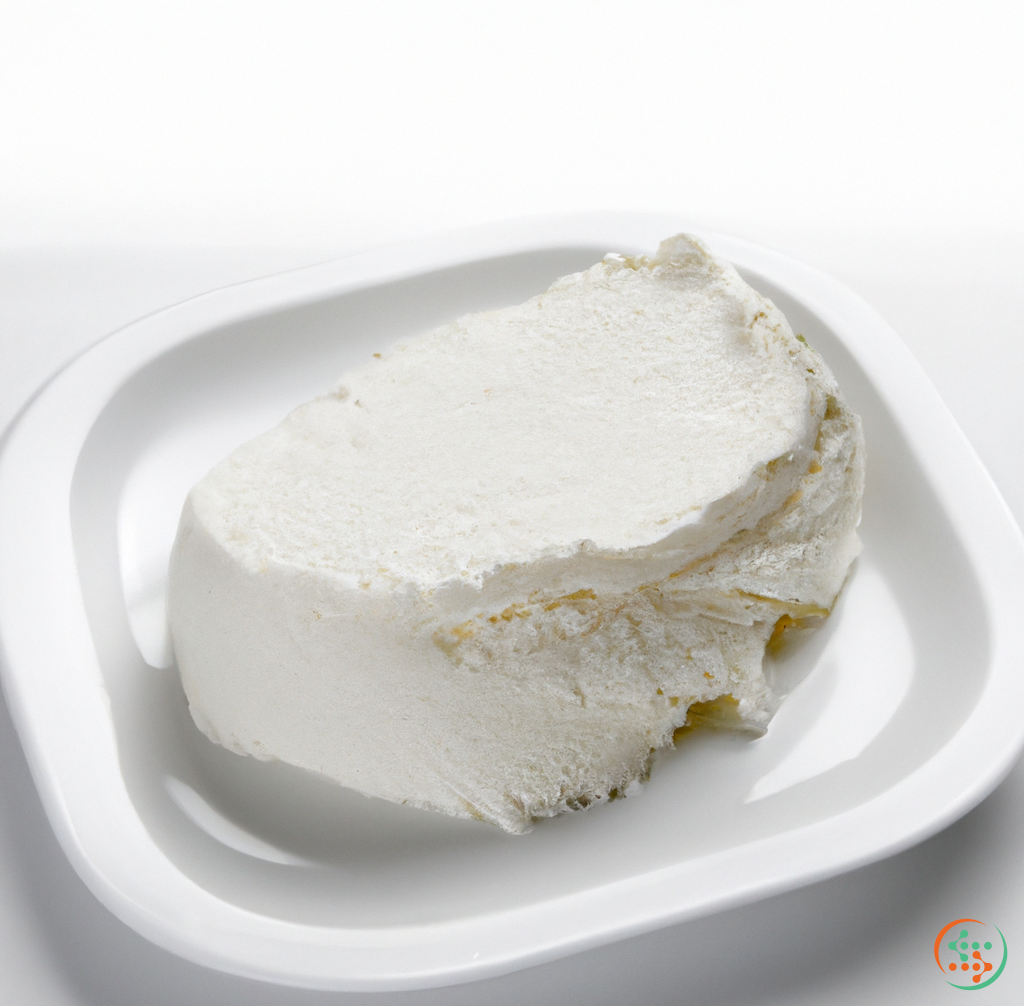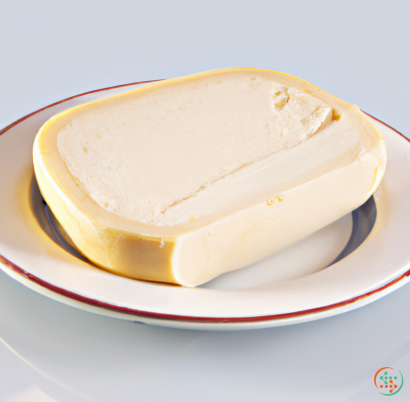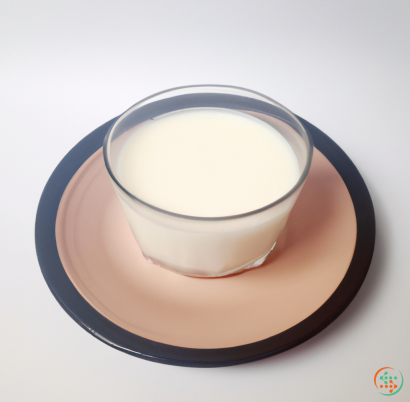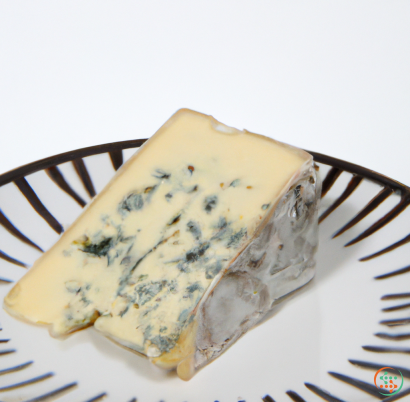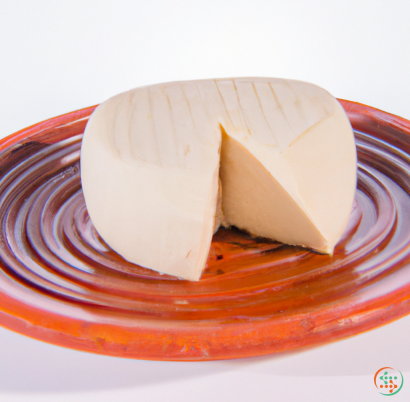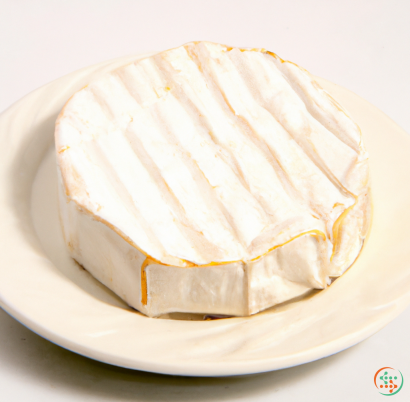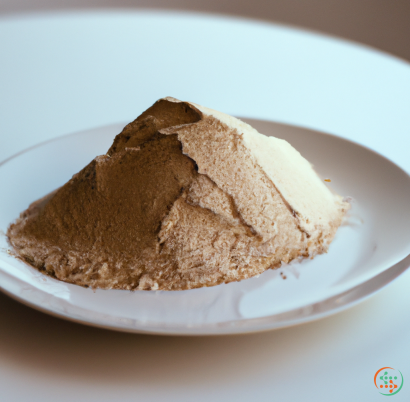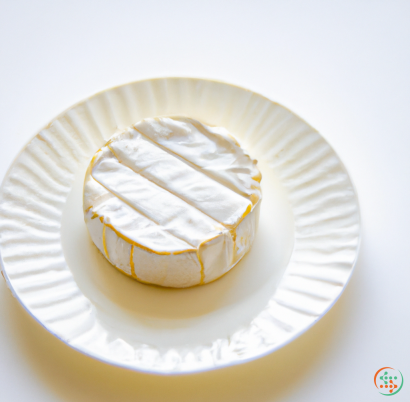Cream Cheese
Cream cheese is a low-fat cheese that can be both spread and used as an ingredient in many dishes. It has a mild, slightly tangy flavor and a velvety-smooth texture. This type of cheese is made from cream, usually with some salt (or a lactic acid) added for flavor. Cream cheese can be used for a variety of purposes, including for baking, for breakfast and brunch dishes, for appetizers, and for various types of desserts.
History of Cream Cheese
The history of cream cheese dates back to ancient Rome, where a type of cheese similar to cream cheese was made. However, what we know as modern-day cream cheese was first produced in 1872 in New York City. It was created by William Lawrence, who combined cream and skimmed milk with a starter bacteria culture and a little bit of salt.
This combination resulted in a mild, creamy cheese that was easier to spread than regular cream cheese, which Lawrence named Philadelphia Cream Cheese. The name was chosen to pay tribute to the city of Philadelphia, where the recipe was developed.
Nutrition
Cream cheese is a good source of calcium and protein, as well as being low in fat. One ounce of cream cheese contains 5 grams of fat, 1 gram of carbohydrate and 2 grams of protein. It also contains 20 percent of the recommended daily allowance of vitamin A and 10 percent of the recommended daily allowance of vitamin D.
Varieties of Cream Cheese
There are many different types of cream cheese available. Traditional Philadelphia Cream Cheese is the most popular variety and is typically used as a spread for bagels and other breakfast items. There are also flavored cream cheeses such as chive, garlic, or jalapeno, which are great for adding flavor to dishes such as wraps or dips.
Neufchâtel cheese is another type of cream cheese that has less fat than traditional Philadelphia Cream Cheese and is often used as a lower-fat alternative. It has a slightly more pronounced flavor than traditional cream cheese and can be used as a spread or for baking.
Cream cheese is also available in a light version, which is lower in fat and calories and contains more water than regular cream cheese. Light cream cheese is ideal for those who are watching their weight or looking for a lower-calorie alternative to traditional cream cheese.
Uses for Cream Cheese
Cream cheese has a multitude of uses in the kitchen. It can be used as a spread on bagels, toast, or crackers for a tasty breakfast or snack. It can also be added to savory dishes, such as wraps, Chile rellenos, and quesadillas, as well as sweet dishes and desserts, such as cheesecake, scones, and pastries.
Cream cheese can also be used as a substitute for butter in baking. Simply substitute cream cheese for butter, cup for cup, and it will add extra flavor and moisture to whatever you’re baking.
Another use for cream cheese is as a marinating agent. Simply combine cream cheese with herbs and spices, brush it onto meat or fish, and then bake or grill. The cream cheese melts away while adding flavor and moisture to the dish.
Conclusion
Cream cheese is a versatile cheese that can be used for a variety of purposes, from spreads to baking to marinating. It has a mild, slightly tangy flavor with a velvety-smooth texture. There are numerous varieties of cream cheese, from traditional Philadelphia Cream Cheese to flavored varieties to Neufchâtel cheese and light cream cheese. Cream cheese can be a good source of calcium and protein, as well as being lower in fat than many other types of cheese. Whatever the dish, cream cheese is a delicious and versatile ingredient to add extra flavor and moisture.
Introduction
Cream cheese is a popular and versatile dairy product that is used all over the world in a variety of recipes. Cream cheese has been around for centuries and its unique flavor, consistency, and taste is loved by many. But before it can be served in a dinner plate, first it must be created. This blog post will explain the fascinating process of creating cream cheese and its journey from production to the dinner plate.
The Milk
Cream cheese is created primarily from cow’s milk, which is even more specific. The type of cow’s milk that is used in the making of cream cheese is usually called starter culture. This starter culture is a specific combination of bacteria, lactic acid and enzymes. The bacteria is important because it helps give cream cheese its unique flavor and texture.
Once the starter culture has been mixed in with the cows milk, the mixture is then incubated in a secured heated environment for several hours. During this time, the bacteria in the starter culture will stimulate the fermenting of the milk, break down some of the lactose, and create an acidic environment. This acidic environment helps to further enhance the cream cheese's flavor and texture, giving it an incredibly creamy consistency and a unique tangy taste.
The Curds and Whey
After the mixture has been incubated, it is then cut into fine curds. The curds are the dense pieces of the cream cheese mixture and the whey is the liquid that is produced. The whey is separated from the curds and then drained off. This process helps to further enhance the creamy flavors and consistency of the cream cheese. The remaining curds are then pressed and cut further into cubes, which are then further allowed to cool and firm up.
Continued Processing
At this stage, the cream cheese still needs to be further processed before it can be used. The cubes of cream cheese are then placed into a special press where they are heavily compressed and shaped into a block. The pressing helps the cream to become more compact and solid.
Once the pressing is complete, the cream cheese is then subjected to a series of other processes such as slicing, blending, and kneading. Depending on the manufacturer, the cream cheese can be flavoured with ingredients such as herbs, garlic, onions, or peppers. The cream cheese is also sometimes salted and sugar may be added as well.
The Packing
Once the cream cheese has been processed and flavoured, it is then time to pack the cream cheese in containers. At this stage, the cream cheese is still very fragile and will need to be carefully handled to avoid breakage. To ensure that the cream cheese stays fresh and safe to eat, it is usually packed in protective shrink-wrap or film. Once packed, the cream cheese is then sealed and labeled according to regulations and laws.
The Distribution
After the cream cheese has been properly packed, it is then ready to be shipped and distributed. The cream cheese is usually shipped in temperature-controlled trucks to ensure that the cream cheese stays fresh during its journey. It is then distributed to grocery stores, supermarkets, and other retailers to be sold to consumers.
The Plate
Once purchased from the store, the cream cheese can then be served in a variety of dishes or used to make delicious recipes. Cream cheese is incredibly versatile and can be used to make anything from cheesecakes and dips to bagels and sandwiches. It is also a common spread for crackers and toast and is used in countless recipes. No matter how it is served, cream cheese is sure to add a unique flavor and creamy texture that is sure to tantalize the taste buds.
Conclusion
Cream cheese is a popular and delicious dairy product that is used in countless recipes. From the cows milk, to the pressing and packing, to the plate, cream cheese goes through an impressive process to get from production to the plate. It is through this process that the unique flavor and creamy texture of cream cheese is achieved.
| Vitamin A | 0.308 mg | |
| Beta-Carotene | 0.059 mg | |
| Alpha-Carotene | 0.001 mg | |
| Vitamin E | 0.86 mg | |
| Vitamin K | 0.0021 mg | |
| Vitamin B1 | 0.02 mg | |
| Vitamin B2 | 0.23 mg | |
| Vitamin B3 | 0.09 mg | |
| Vitamin B4 | 0.0272 grams | |
| Vitamin B5 | 0.52 mg | |
| Vitamin B6 | 0.06 mg | |
| Vitamin B9 | 0.009 mg | |
| Vitamin B12 | 0.22 ug |
| Calcium | 0.097 grams |
Daily Value 1.3 g
|
| Iron | 0.11 mg |
Daily Value 0.018 g
|
| Magnesium | 0.009 grams |
Daily Value 0.4 g
|
| Phosphorus | 0.107 grams |
Daily Value 1.25 g
|
| Potassium | 0.132 grams |
Daily Value 4.7 g
|
| Sodium | 0.314 grams |
Daily Value 2.3 g
|
| Zinc | 0.5 mg |
Daily Value 0.011 g
|
| Copper | 0.02 mg |
Daily Value 0.9 mg
|
| Manganese | 0.01 mg |
Daily Value 0.0023 g
|
| Selenium | 0.0086 mg |
Daily Value 0.055 mg
|
| Tryptophan | 0.069 grams | |
| Threonine | 0.233 grams | |
| Isoleucine | 0.324 grams | |
| Leucine | 0.657 grams | |
| Lysine | 0.567 grams | |
| Methionine | 0.191 grams | |
| Cystine | 0.042 grams | |
| Phenylalanine | 0.291 grams | |
| Tyrosine | 0.303 grams | |
| Valine | 0.395 grams | |
| Arginine | 0.235 grams | |
| Histidine | 0.175 grams | |
| Alanine | 0.184 grams | |
| Aspartic Acid | 0.514 grams | |
| Glutamic Acid | 1.304 grams | |
| Glycine | 0.142 grams | |
| Proline | 0.665 grams | |
| Serine | 0.374 grams |
| Lactose | 3.76 grams |
|
| Total Sugars | 3.8 grams |
per 100g
|
| Caproic acid (6:0) | 0.59 grams |
|
| Caprylic acid (8:0) | 0.37 grams |
|
| Capric acid (10:0) | 0.87 grams |
|
| Lauric acid (12:0) | 1. grams |
|
| Myristic acid (14:0) | 3.28 grams |
|
| Palmitic acid (16:0) | 9.41 grams |
|
| Stearic acid (18:0) | 3.37 grams |
|
| Arachidic acid (20:0) | 0.05 grams |
|
| Behenic acid (22:0) | 0.01 grams |
|
| Lignoceric acid (24:0) | 0.01 grams |
|
| Butyric acid (4:0) | 0.72 grams |
|
| Total Saturated fatty acids: | 19.68 g | |
| Oleic acid (18:1) | 7.78 grams |
|
| Palmitoleic acid (16:1) | 0.65 grams |
|
| Gadoleic acid (20:1) | 0.06 grams |
|
| Total Monounsaturated fatty acids: | 8.49 g | |
| Omega-3 Timnodonic acid (20:5) | 0.01 grams |
|
| Omega-3 Clupanodonic acid (22:5) | 0.02 grams |
|
| Omega-6 Eicosadienoic acid (20:2) | 0.01 grams |
|
| Omega-3 Alpha-linolenic acid (18:3) | 0.13 grams |
|
| Linolenic acid (18:3) | 0.13 grams |
|
| Linoleic acid (18:2) | 1.21 grams |
|
| Total Polyunsaturated fatty acids: | 1.51 g | |
| Cholesterol | 0.1 grams |
|
| Total Sterols: | 0.1 g | |
